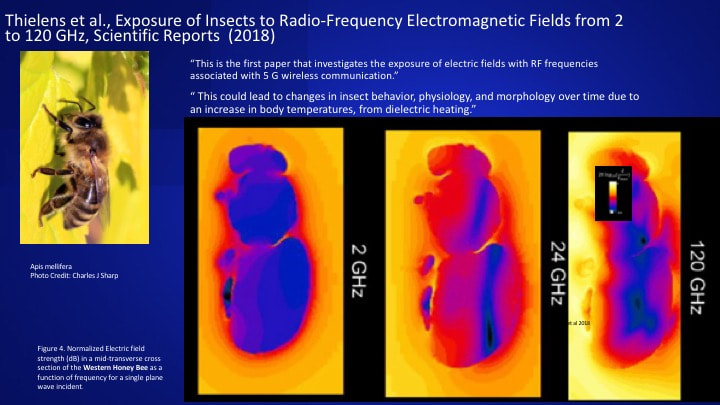If you've ever wandered through a town and spotted tiny 5G cell towers on street light poles. They look like small boxes however they're actually sending wireless signals from mobile providers to your phone.
These smaller towers are replacing the larger specially-designed cell towers. While they're less noticeable but they can still cause issues for users.
A Federal Communications Commission's Radiation Exposure Thresholds
The FCC's Radiation Exposure Thresholds establish the safe distance that an individual can be exposed to electromagnetic energy generated by wireless devices. The exposure limits are based on research that show that RF energy can be harmful to health.

The rate of absorption called the specific absorption rate (SAR) is an indicator of the amount of radiofrequency energy that is absorption by tissues. It's usually 1.6 Watts per kilogram spread over a gram of tissue.
However, because 5g transmits at higher frequencies this could be able to create more energy on the skin and other exposed body areas. This can lead to many possible harms, like the appearance of skin conditions such as dermatitis, cataracts and skin cancer.
Because of the potentially harmful effects of radiation from 5G, PSU has chosen to create a general limits on power density, which is 4mW/cm2 measured over 1 cm2, and never exceeding 30 minutes for all 5G services at 3000 GHz. This localized limit is consistent with the peak SAR that is spatially averaged at 1.6 W/kg, averaged over one grams of tissues at six GHz.
The FCC's Maximum Exposure Thresholds
If you've ever used a cell phone, then you're aware that a safe location from the tower is around 400 meters away. This is because the power of transmission from a cell tower increases dramatically the further away your location from the tower.
Although this may sound like an ideal idea but the truth is that people who live close to towers could be more prone to health problems. For example, a study from 2014 in India found that residents who lived within 50 meters of cell towers experienced significantly more health complaints than those who were far from antennas.
But, the study found that people who moved to areas further away from cell towers experienced their symptoms improve within a couple of days. Another study has revealed that exposure to high frequencies of radiofrequency electromagnetic fields (EMFs) can lead to brain tumors, cancers as well as other health issues.
This is due to the fact that radiofrequency radiation, which is utilized for wireless communication, has the ability to penetrate the body's outer layer of skin. It is crucial to know because the skin acts as a barrier to protect against mechanical injury, infection by pathogenic microorganisms, and the entry of harmful substances. Additionally, https://rentry.co/r8f59 is the most important organ in the human body, and is accountable for keeping the integrity of the other organs.
The FCC's Minimum Exposure Thresholds for the Minimum Exposure
The FCC's Minimum Exposition Thresholds depend on numerous assumptions that aren't supported by scientific research. They include the false belief that exposures to RF radiation are safe due to minimal penetration into the body (i.e., tissue heating).
The assumption is also ignoring the deeper penetration of the ELF parts of modulated RF signals, as well as the consequences of brief bursts of heat caused by RF pulses. These assumptions do not correspond with current understanding of the biological consequences of RF radiation. As such https://etextpad.com/ shouldn't be considered for health protection exposure guidelines.
In addition to that, ICNIRP and FCC limit their radiation limits for local peak SARs based on the peak spatial specific absorption rate (psSAR) which is not a reliable dosimetric instrument to assess the amount of radiation exposure. Particularly safe distance to live from cell phone tower is not accurate for frequencies that exceed 6 GHz. Furthermore, psSAR has not been evaluated for RF radiation exposed to other environmental agents such as sunlight. In the event of interactions, RF radiations with different environmental agents may cause synergistic or antagonistic effects. This could result in the risk of having adverse health adverse effects. For example, co-exposure to RF radiation with sunlight may cause an increase in the incidence of skin cancer, as well as aggravate other skin disorders, such as acne.
